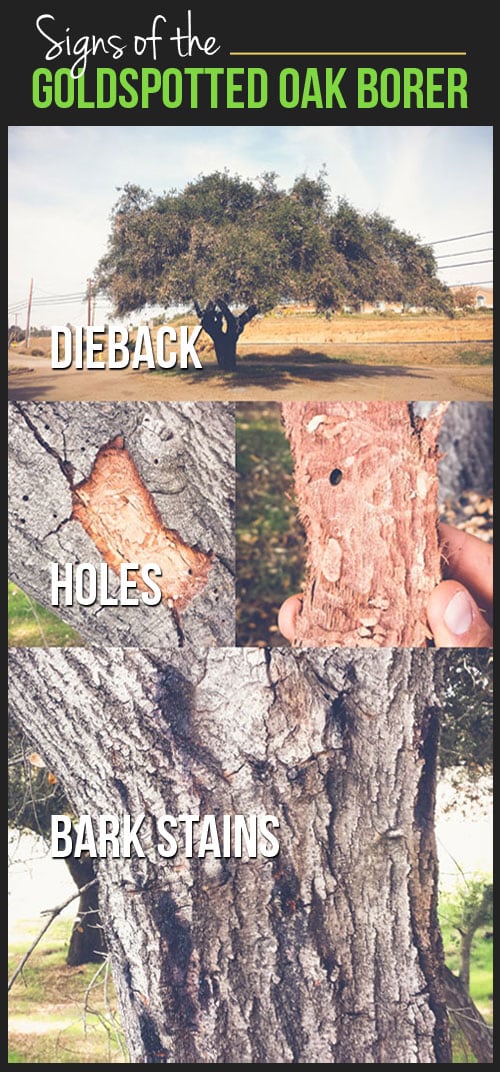Indication For Tree Elimination: Just How To Discover Hazardous Trees
Indication For Tree Elimination: Just How To Discover Hazardous Trees
Blog Article
Authored By-McDonald Aagaard
When it pertains to tree treatment, acknowledging the signs that it's time for elimination is important for your security and property. Best Way To Trim Cedar Trees might notice stained leaves, wilting branches, or strange fungal growths indicating health issue. Architectural issues, like a significant lean or cracks in the trunk, can additionally position threats. Recognizing these warning signs can help you make educated choices about your trees and avoid potential dangers prowling in your backyard. What should you look for following?
Indications of Degeneration and Disease
When you observe indicators of degeneration and condition in your trees, it's critical to act swiftly. https://www.sfchronicle.com/business/article/PG-E-tells-judge-it-s-improving-tree-trimming-14410747.php for stained leaves, wilting branches, or unusual growths like fungus. These can suggest that your tree is struggling.
If you see cracks in the bark or soft, mushy timber, these signs and symptoms recommend inner degeneration. Furthermore, a sudden boost in parasites around your tree can signal that it's deteriorated and prone.
Check for any dead or dying arm or legs, as they pose a danger to your residential property and safety. If you're uncertain concerning what you see, seeking advice from an arborist can give clearness.
Addressing these indicators early can save you from more substantial damage and guarantee the health of your yard. Don't wait up until it's too late.
Structural Instability and Leaning
As you observe your trees, keep an eye out for any type of signs of architectural instability or leaning. If a tree leans significantly, it might suggest that the root system is compromised.
Search for any fractures in the trunk or dirt around the base; these can indicate prospective failing. Additionally, check for unusual development patterns, like an uneven crown, which may suggest that the tree is struggling to hold itself upright.
If you observe that the tree leans toward your home, high-voltage line, or various other structures, it poses a better danger. Don't ignore these indicators-- speak with an arborist to assess the circumstance.
Acting early can protect against pricey damage and guarantee your safety.
Dead or Dying Branches and Vegetation
If you discover dead or passing away branches and foliage on your tree, it's a clear indicator that something's wrong.
These undesirable areas can suggest underlying problems like disease, parasite problems, or ecological stress and anxiety. When branches lose their fallen leaves or turn brown, they're no longer contributing to the tree's health and wellness. Disregarding these indications can lead to additional decline, making your tree more unsafe.
Dead branches can conveniently break short throughout storms, posing a threat to residential property and people close by. It's crucial to assess the extent of the damages.
If the issue affects a substantial part of the tree, consider getting in touch with a specialist. They can help identify if elimination is required to make sure safety and security and keep the elegance of your landscape.
Verdict
If you see any kind of indications of degeneration, architectural instability, or dead branches on your trees, do not overlook them. These signs can position serious security dangers to you and your property. It's constantly best to consult a professional arborist who can offer a professional analysis of your trees. Doing something about it early can stop crashes and expensive damages, ensuring your landscape remains risk-free and healthy. Keep in mind, it's far better to be positive concerning tree treatment than to wait for a disaster to take place.
